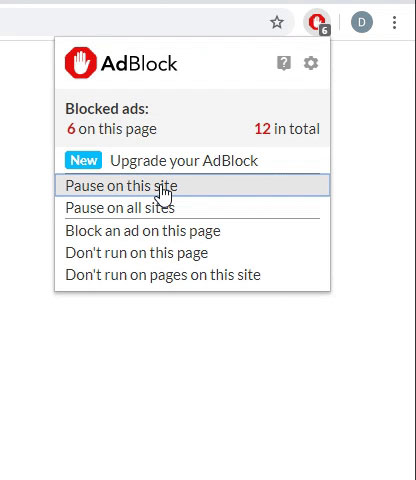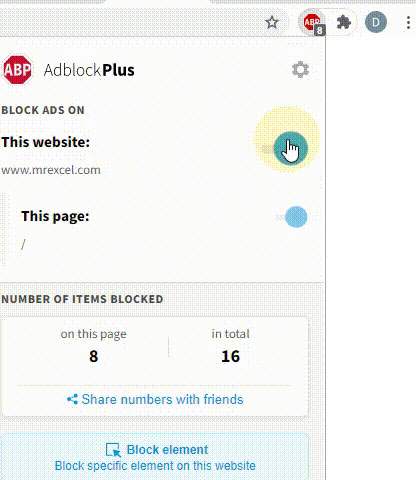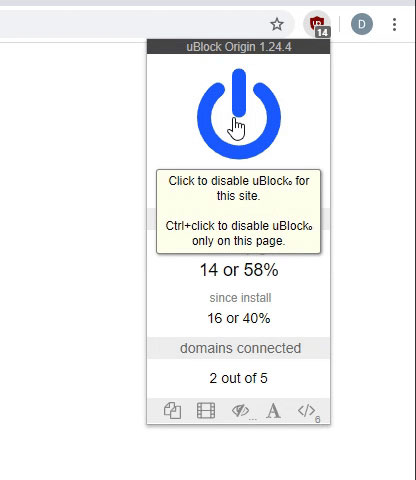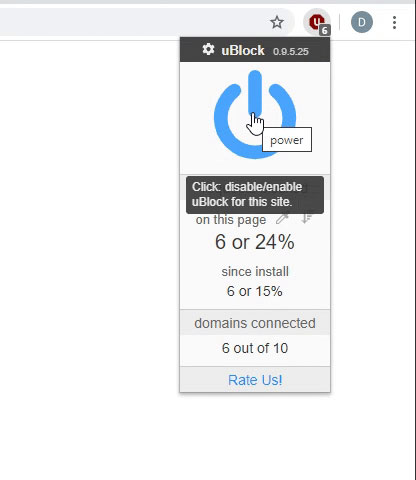MrMajinbuu
New Member
- Joined
- May 21, 2018
- Messages
- 13
- Office Version
- 365
- 2021
- Platform
- Windows
HI,
I have constantly run in errors like " Too many different cell formats", on top of that it takes long to open and save file. Current file size is 36MB.
Can anyone please advise which of the following actions take up large file size and/or slow down spreadsheet? and any recommended fix?
My workbook contains:
Thanks in advance
I have constantly run in errors like " Too many different cell formats", on top of that it takes long to open and save file. Current file size is 36MB.
Can anyone please advise which of the following actions take up large file size and/or slow down spreadsheet? and any recommended fix?
My workbook contains:
- snippets within spreadsheet
- vlookup and direct cell reference to data link to external workbook
- sumifs data within same workbook (120,000 rows)
- sumifs data on external workbook (120,000 rows)
- various shape and difference color and font formatting
- Hyperlink within same workbook
Thanks in advance





